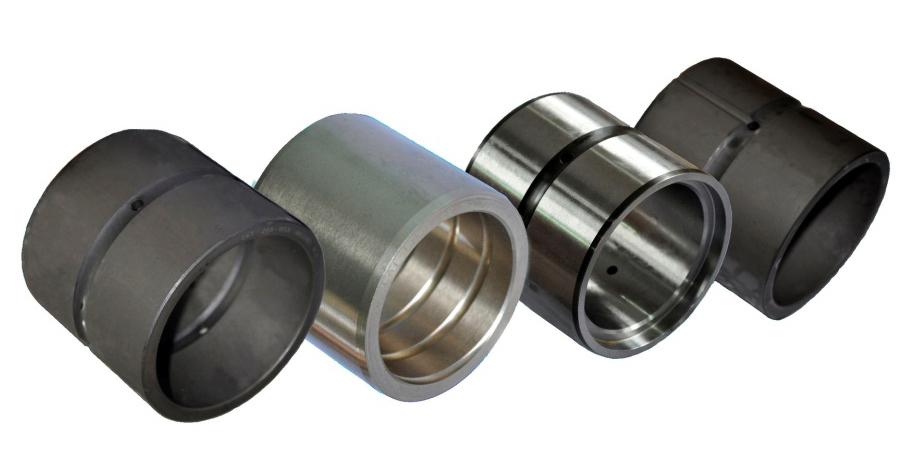 Philippines
Philippines
- 0966-200-2764
- 0917-850-0777
- 0945-711-2322
- (02)8461-7187
- [email protected]
- fb.com/7TMWinc

Standard Steel Bushings are mechanical components designed to reduce friction between moving parts, typically a rotating shaft and a stationary housing. They are usually cylindrical or sleeve-shaped with an inner diameter that fits the shaft and an outer diameter that fits the housing or bore.
Low-carbon steel is often used to manufacture standard steel bushings due to its high strength, durability, and wear resistance. These bushings are usually coated with a layer of oil or other lubricants to further reduce friction and prevent rust and corrosion.
The primary application of standard steel bushings is in rotating machinery such as motors, pumps, and fans. They are also widely used in construction equipment, automotive applications such as steering linkages and suspension systems, and various industrial machinery.
One of the significant advantages of standard steel bushings is their ability to handle heavy loads and high-speed operations effectively. They are also easy to replace and low-cost, making them a popular choice in many applications.
However, standard steel bushings are vulnerable to rust and corrosion, especially when exposed to moisture and harsh environments. As a result, other materials like bronze or stainless steel are preferred for applications that require high resistance to rust, corrosion, or extreme temperatures.
In conclusion, standard steel bushings offer effective and reliable reduction of friction in rotating machinery and other applications. They are made from low-carbon steel, which is durable, strong, and wear-resistant. However, they may require proper protection and lubrication to prevent rust and corrosion.